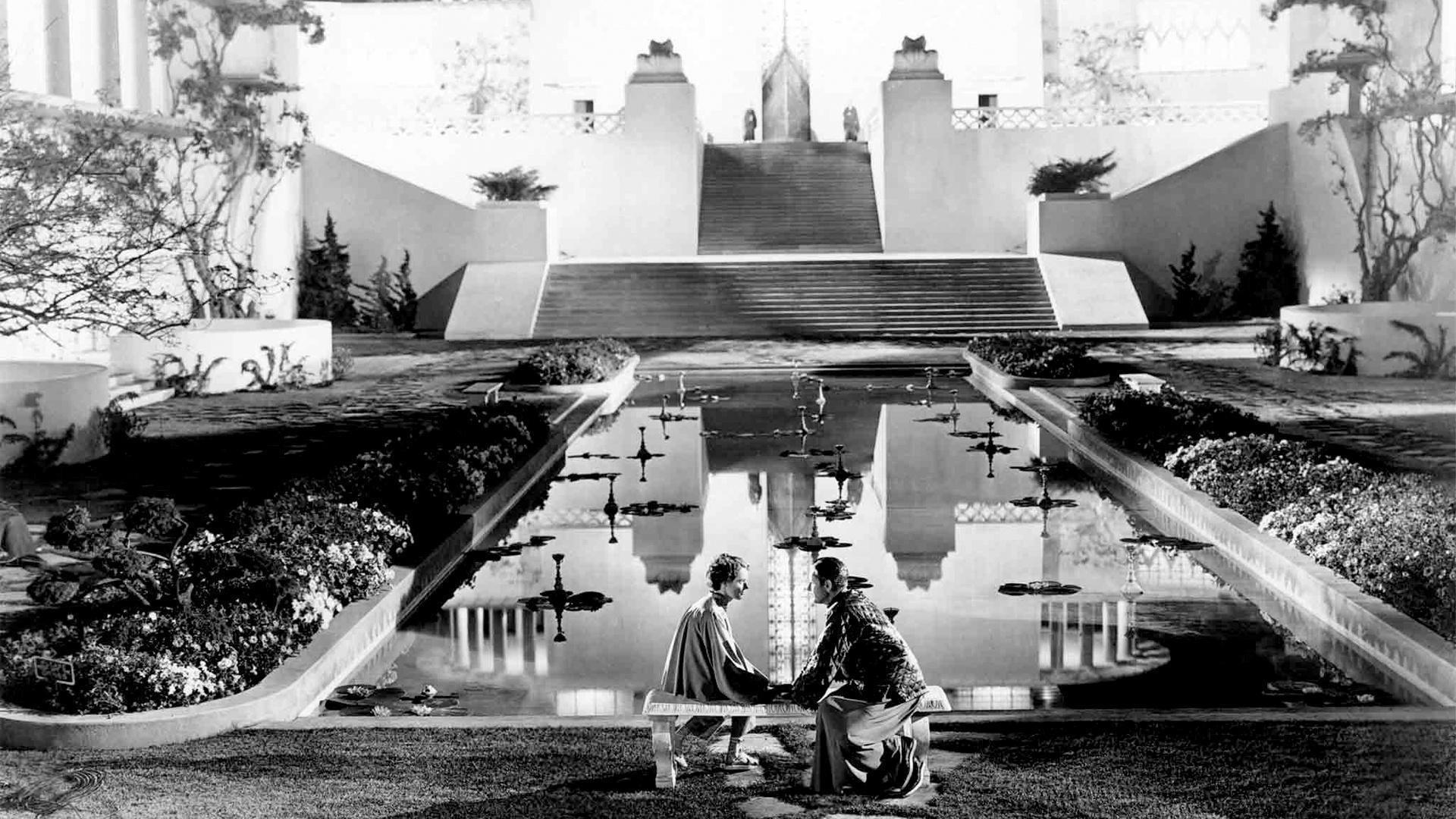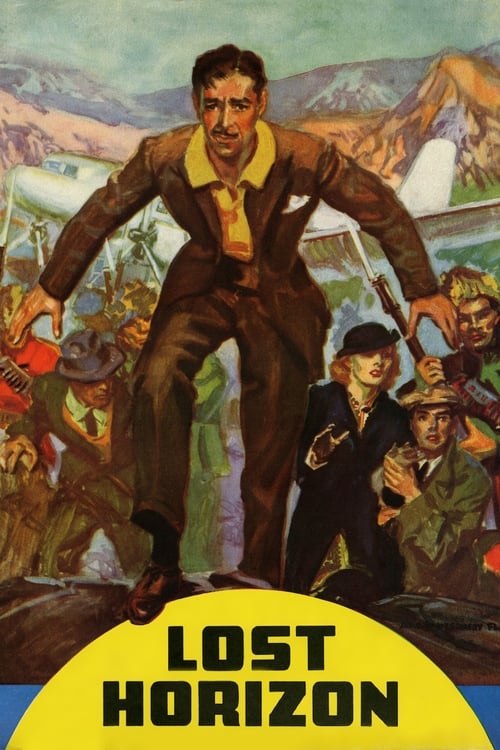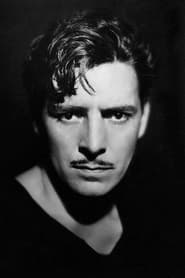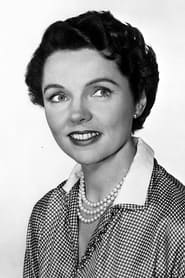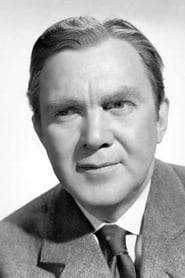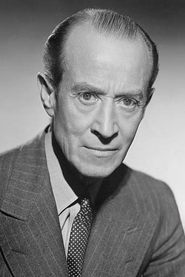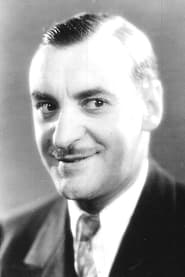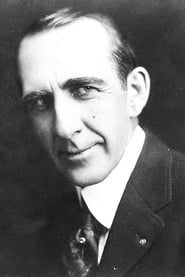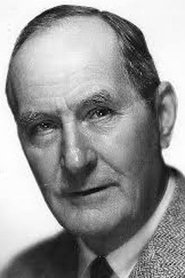Cast
View AllRonald Colman
as Robert " Bob " Conway
Jane Wyatt
as Sondra Bizet
Edward Everett Horton
as Alexander P. " Lovey " Lovett
John Howard
as George Conway
Thomas Mitchell
as Henry Barnard
Margo
as Maria
Isabel Jewell
as Gloria Stone
H.B. Warner
as Chang
Sam Jaffe
as High Lama
John Burton
as Wynant (uncredited)
Milton Owen
as Fenner (uncredited)
John T. Murray
as Meeker (uncredited)
Victor Wong
as Bandit Leader (uncredited)
Carl Stockdale
as Missionary (uncredited)
David Torrence
as Prime Minister (uncredited)
Crew
Director
- Frank Capra
Producer
- Frank Capra
Reviews
John Chard
Capra adapts James Hilton's Utopian novel with grace and beauty.
It's so nice to be able to see something resembling the original vision Capra had for this story, the wonders of science gives us a cracking restoration to enjoy at our want.
Robert Conway is a British diplomat who helps a group of people (one his younger brother) escape from a Chinese revolution in a passenger plane, all doesn't go to plan, though, as the plane has been skyjacked and is heading into the Himalayas, and Tibet. The plane crash lands due to the pilot becoming stricken, and after the passengers get out they are greeted by a party of people belonging to the Valley Of The Blue Moon, to which is a beautiful and peaceful world known as Shangri-La.
Shangri-La is gorgeous, there is no illness there, no war or hostility, the landscape is paradise on earth, people live far longer than is deemed possible in the outside world, it is utopia in everyone's wildest dreams. Here Conway and the group, after initial scepticism, come to love the place and have no desire to leave this haven that is shut off from the outside world. That is, all except the younger Conway (George), and as is always the case in large social communities, cracks begin to emerge and questions remain unanswered.
The film has a wonderful dreamy quality about it, it's filmed firmly with romantic fantasy intention, and the quality of the production really helps to emphasise this intriguing story. The sets are gorgeous, the music is perfectly on tempo throughout, and the acting is top notch, while the love Capra had for the topic is evident in every frame. Thankfully all of the great work on the film has the story to match, and it's the story, and the subsequent turn of events in the last third, that is ultimately the film's crowning glory. Magical. 9/10
Jun 14, 2020
CinemaSerf
Having managed to arrange the evacuation of ninety-odd British civilians from the clutches of the marauding Chinese army, diplomat “Conway” (Ronald Colman) is now on a plane with his brother “George” (John Howard) and a few others heading for the safety of Shanghai. What they don’t realise, though, is that their plane was hijacked on the airfield and is heading in completely the wrong direction. After a whistle-stop refuelling pit-stop, the plane crash-lands high in the Himalayan mountains and things look bleak with the ill-equipped party reduced to eating grass and sheltering in their broken fuselage. Then, as if by magic, they encounter some fur-clad travellers, one of whom speaks fluent English, and are safely conducted to a paradise on Earth. Shielded by the jagged mountains, the beautiful “Shangri La” thrives peaceably and offers these folks a promise of salvation. “Conway” is fascinated by this magical place, by his enigmatic host (HB Warner) and by what appears to be a substantial slowing of the ageing process. He also takes quite a shine to “Sondra” (Jane Wyatt) who might just have been instrumental in their rather all-too-convenient rescue! Meantime, his colleagues are becoming more restless and with “Barnard” (Thomas Mitchell) discovering quantities of gold they begin to pressure their leader to go home. With a conflict now brewing between the brothers, and the temptations of staying and leaving weighing heavily on “Conway” he must make a tough choice. This isn’t maybe Colman’s most active role, indeed this whole film is a bit more of a cerebral one rather than an adventure one. Much of the writing quite clearly suggests the benefits of mankind living in harmony with each other and with nature and of abandoning the capitalist system of bartering that leaves people wanting - a source of crime that doesn’t exist in this high-altitude Elysium. There is some chilling snowscape photography to add a bit of authenticity to the story and though at over two hours it is a bit on the long side, it’s a little reminiscent of “She” (1935) as it entertainingly mixes philosophy and fantasy and warns of being careful what you wish for.
Jun 15, 2025
Thematic Analysis
As a dramatic work, Lost Horizon examines complex human relationships and emotional struggles against the backdrop of a period setting that reflects societal issues of its time. The character development particularly stands out, offering viewers a chance to reflect on their own life journeys.
Director Frank Capra brings their distinctive visual style to this film, continuing their exploration of themes seen in their previous works while adding new elements. Their approach to character development and emotional depth creates a viewing experience that rewards close attention.
Released in 1937, the film exists within a cultural context that now offers viewers historical perspective on the social issues of that era. Its reception demonstrates the diverse reactions to its artistic choices and its place in cinema history.
Did You Know?
- The production of Lost Horizon took approximately 18 months from pre-production to final cut.
- With a budget of $4.0 million, the film represented a significant investment in bringing this story to the screen.
- The final cut of the film runs for 132 minutes, though the director's initial assembly was reportedly 155 minutes long.
- The cast underwent specialized training for 7 weeks before filming began.
- Some visual effects sequences took up to 7 months to complete.
- The director insisted on using practical effects whenever possible, reserving CGI for only the most necessary scenes.
Historical Context
- In 1937, when this film was released:
- The civil rights movement was gaining momentum in the United States.
- Television was becoming a dominant form of home entertainment.
- The film industry was dominated by major studios, with independent cinema still in its early development.
How This Film Stands Out
While Lost Horizon shares thematic elements with other films in its genre, it distinguishes itself through its unique approach to storytelling, visual style, and character development.
Unlike Lolita, which focuses more on action than character development, Lost Horizon subverts genre expectations by exploring its themes with greater nuance.
While films like Rosemary's Baby and Shrek explore similar territory, Lost Horizon stands apart through its deeper exploration of its central themes and more complex characterization.
This film's unique contribution to cinema lies in its thoughtful balance of entertainment value and thematic depth, making it a valuable addition to its genre.
Details
- Release Date: March 3, 1937
- Runtime: 2h 12m
- Budget: $4,000,000

